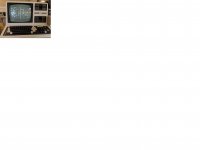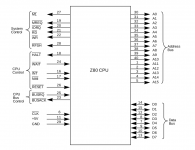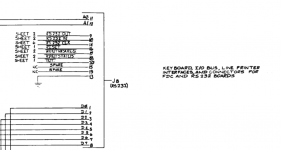wdatkinson
Experienced Member
New to me unit. Was hand delivered, not shipped. Reported to have worked fine prior to boxing it up. I picked it up yesterday and drove home. Unboxed this evening and set it up on a desk. Upon power on, I see the following:

Subsequent power ones result in similar behavior. Every now and then drive 0 spins up like it's going to attempt to boot, nothing shows on the screen and the drive stops after a few seconds. I never see a Diskette? prompt. Reset does not work. Holding Break at power on to drop to M3 Basic also does not work.
I haven't used M3's or M4's since middle school and I just turned 47. I do repair other machines and am ok fixing this unit as opposed to returning it, just need an idea of where to start.
Thanks!

Subsequent power ones result in similar behavior. Every now and then drive 0 spins up like it's going to attempt to boot, nothing shows on the screen and the drive stops after a few seconds. I never see a Diskette? prompt. Reset does not work. Holding Break at power on to drop to M3 Basic also does not work.
I haven't used M3's or M4's since middle school and I just turned 47. I do repair other machines and am ok fixing this unit as opposed to returning it, just need an idea of where to start.
Thanks!



